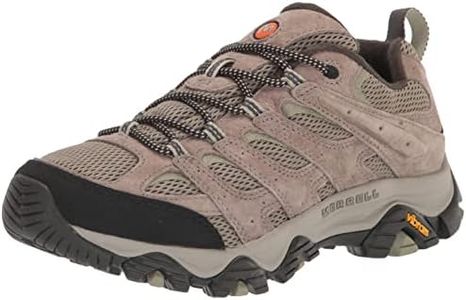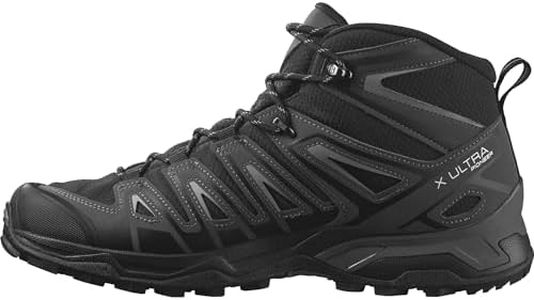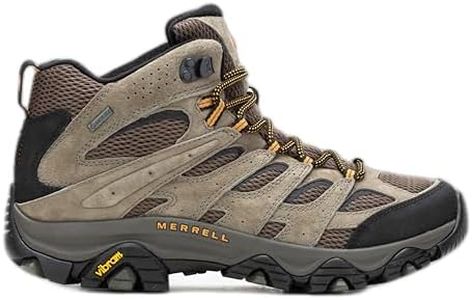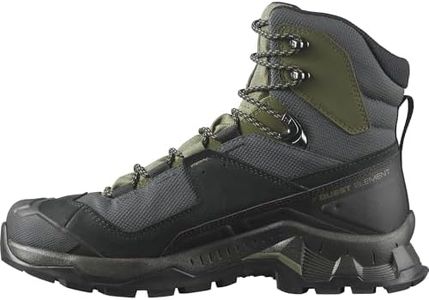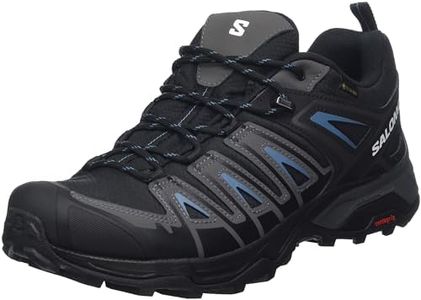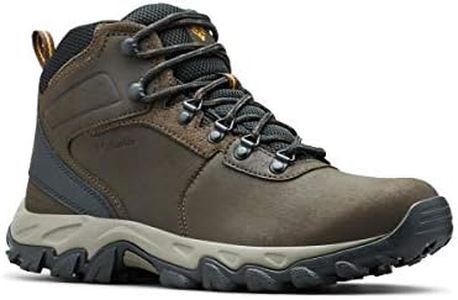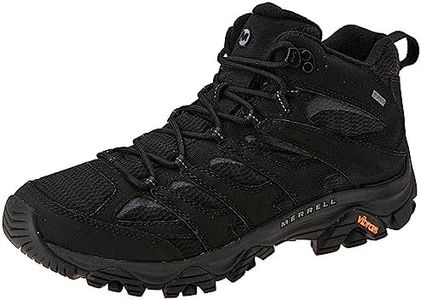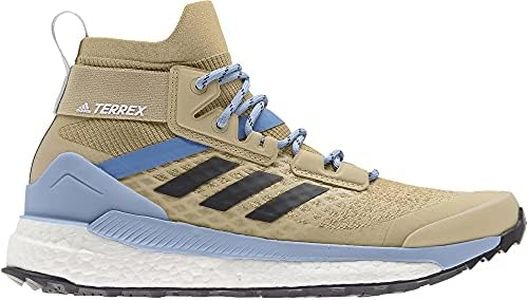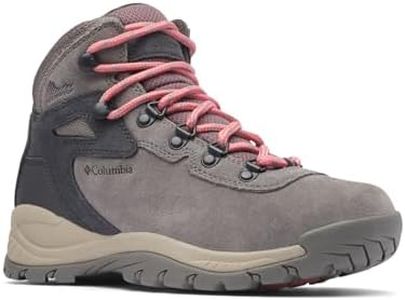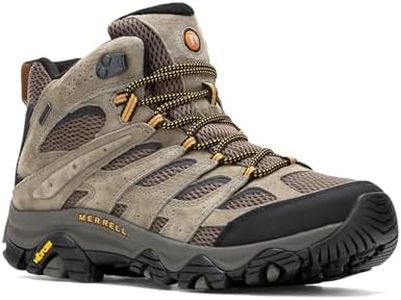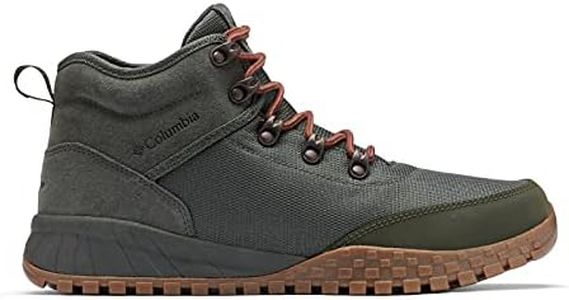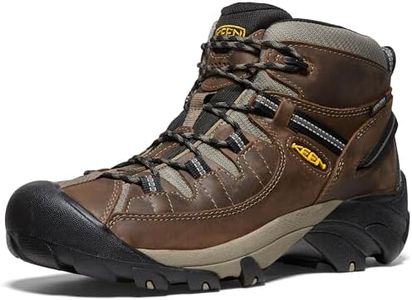We Use CookiesWe use cookies to enhance the security, performance,
functionality and for analytical and promotional activities. By continuing to browse this site you
are agreeing to our privacy policy
10 Best Cheap Hiking Boots
From leading brands and best sellers available on the web.Buying Guide for the Best Cheap Hiking Boots
Choosing hiking boots is an important decision because the right pair can make your outdoor adventures safer and more comfortable. Before buying, think about where and how often you'll hike, the climate you'll be in, and your own comfort preferences. The goal is to find boots that balance protection, support, and comfort for your individual needs.MaterialThe material of hiking boots affects weight, breathability, and water resistance. Leather boots are durable and offer good support but can be heavier and take longer to break in. Synthetic materials like nylon and polyester are lighter, dry faster, and are typically more affordable, though less durable. If you hike in wet areas, look for waterproof materials but remember these can be less breathable. For dry, hot climates, a breathable and lightweight boot may work best.
Sole TypeThe sole is crucial for traction and comfort. The outsole (the bottom layer) should provide enough grip for the terrain you plan to encounter. Softer soles grip better but wear out faster, while harder soles last longer on rocky ground. Softer, more flexible soles suit easy trails or day hikes, while stiffer soles are better for challenging, rocky terrain. Always check the tread pattern to see if it matches your hiking environment.
Ankle SupportBoots can have low, mid, or high ankle support. Low-cut boots are lighter and allow for more movement, making them suitable for well-maintained trails and lighter loads. Mid-cut boots offer more ankle protection and work well for moderate terrain. High-cut boots provide the most support and are ideal for carrying heavy backpacks or trekking over rough ground. The more technical your hikes, the higher the ankle support you should consider.
Fit and ComfortA good fit prevents blisters and injuries. Your hiking boots should feel snug but not tight, with room to wiggle your toes. Remember to try boots with the socks you’ll typically wear. Some boots run narrow or wide, so pay attention to this if your feet need a specific shape. Consider how much breaking-in they require and if they have removable insoles for custom inserts.
WeightBoot weight impacts how tired your legs feel after a long hike. Lighter boots are easier for fast, agile hiking and shorter distances, while heavier boots offer more protection and durability, which is useful for rough terrain or multi-day trips. Think about the type of hiking you do most often to determine how much boot weight matters for your comfort and endurance.
Water ResistanceWater resistance keeps your feet dry in rain, puddles, or wet grass. Some boots use special membranes to keep water out but can get warm inside, especially in hot weather. If you hike in dry climates, this might not be as important. For wet or unpredictable weather, prioritize water resistance and also consider how quickly the boots dry if they do get wet.
